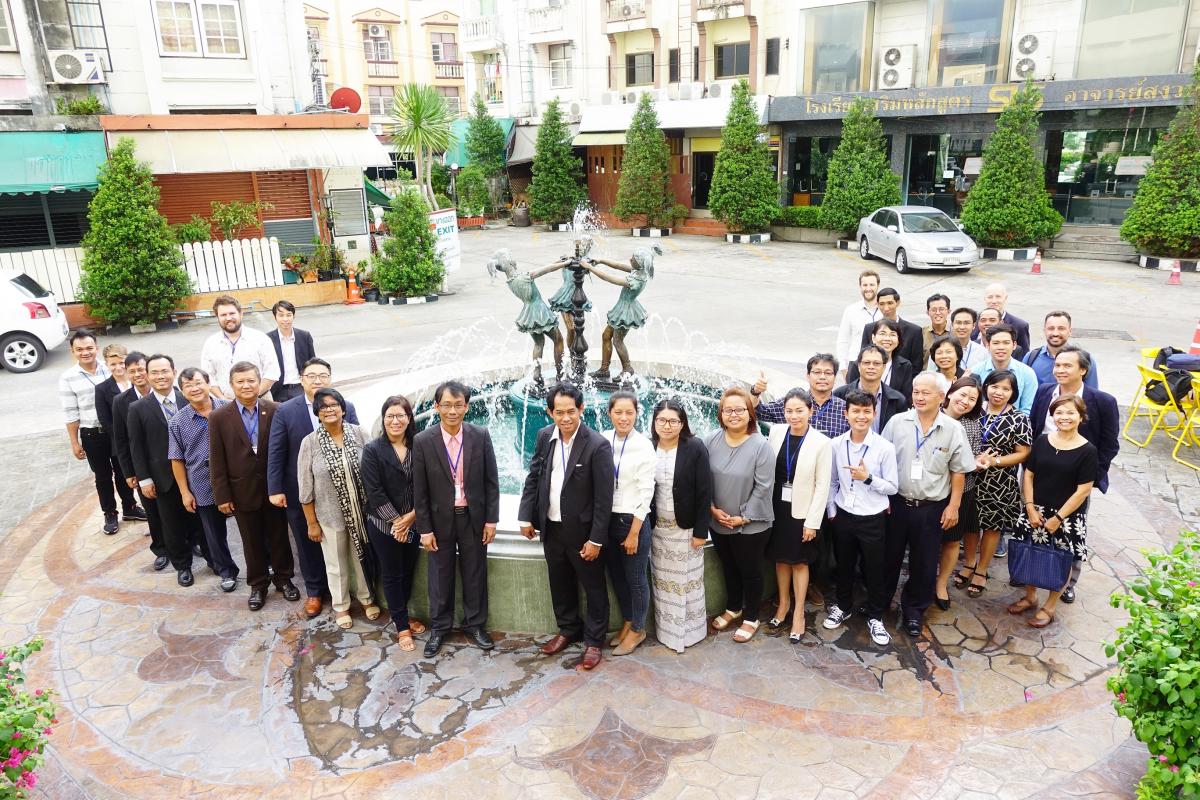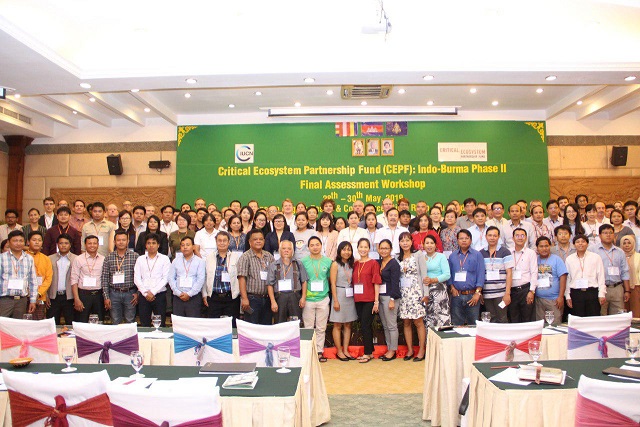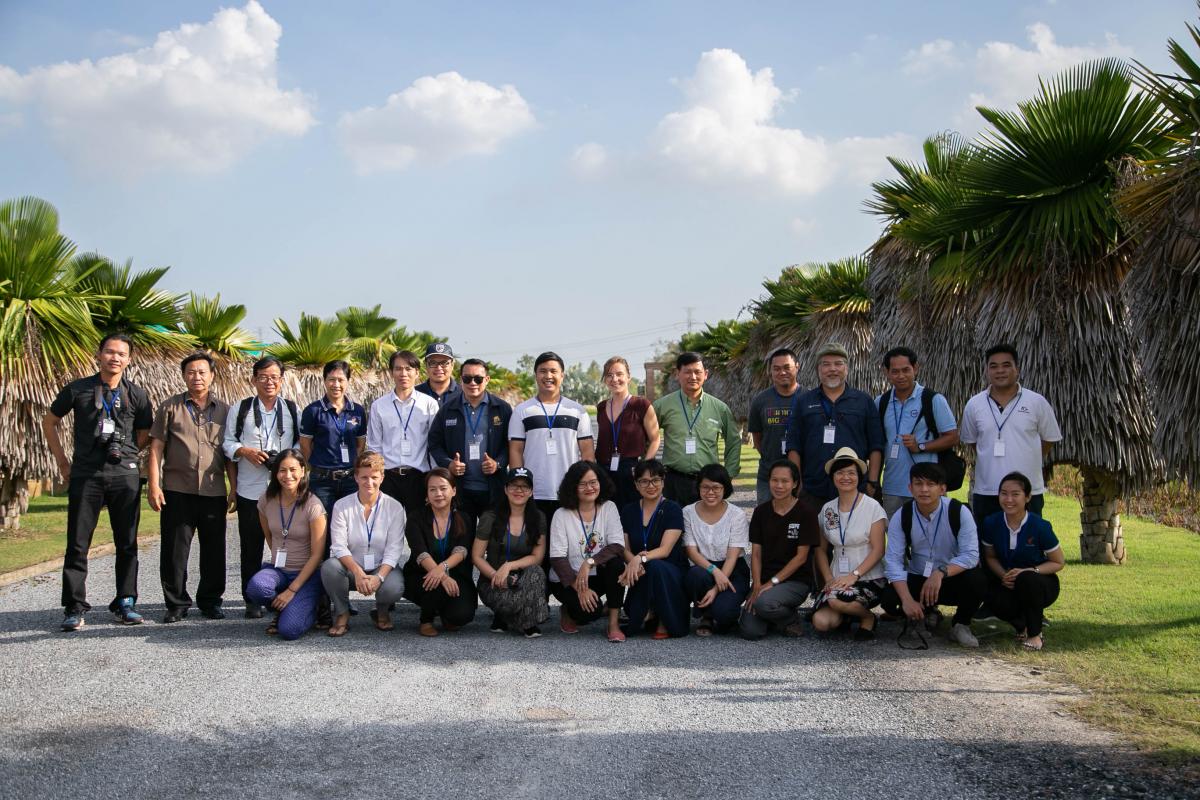Long-term success of landscape restoration projects in Cambodia will require greater land security and fewer land disputes
This blog post by Steve Bernacki, independent consultant for IUCN and technical advisor, reflects on a recent trip to Kampong Thom, Preah Vihear and Siem Reap Provinces in Cambodia as a part of a project to identify priority areas for forest landscape restoration. The project utilizes the IUCN/WRI Restoration Opportunities Assessment Methodology (ROAM).
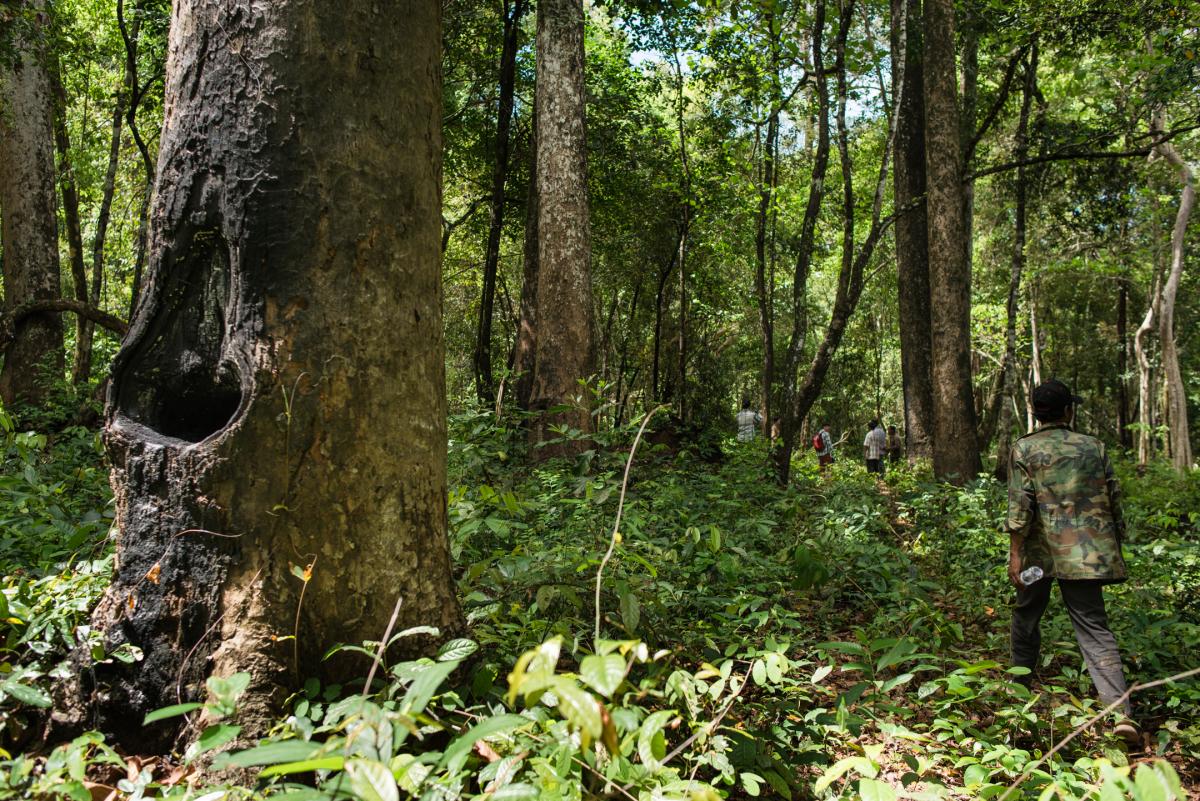
Resin Tree, Cambodia
Photo: © Steve Bernacki/IUCN
As we drive across three Cambodian provinces north of the Tonle Sap lake to meet local communities and government officials, we pass through a mixed-use landscape of rubber, mango, cashew and cassava farms. However, many farms appear to be low-productivity or even abandoned, and rice fields are largely barren and exposed now that we’ve reached the end of the dry season.
It’s hard not to notice the patina of dust that seems to cover everything as the wind carries away land exposed by construction and clearances. In one village, the people we meet tell us they can’t drink their water anymore due to the agricultural chemical runoff upstream, something that could be mitigated with better farming practices and increased vegetation cover near water sources.
Time and again, government officials tell us people are making their way into legally protected lands in search of resources to support their livelihoods. Government agencies don’t have the resources or manpower to protect all these areas, and when encroachers are stopped the situation often evolves into drawn-out disputes over the land.
Illegal logging of high value timber and large-scale agriculture concessions have caused a lot of deforestation. But the threat from small-scale local community-led encroachment is of equal concern. As we heard from those who encroach on these forests, they do so because they lack sufficient land rights elsewhere, or because their land is too degraded to support them. People rarely uproot on a whim; they usually do so because it has become untenable to stay where they are.
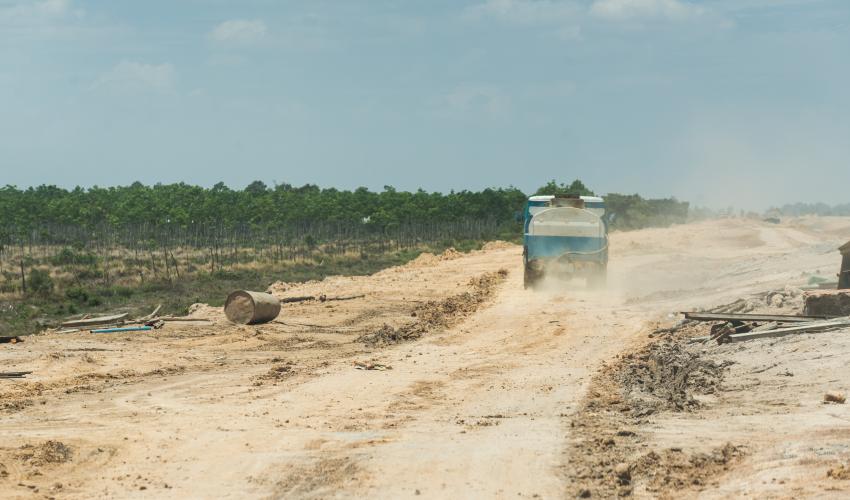 Photo: © Steve Bernacki/IUCN
Photo: © Steve Bernacki/IUCN
But villagers are not necessarily the enemy of good forest management. Many of these communities have a stake in ensuring the forests are conserved or restored because they depend on them for their livelihoods. They can collect and sell products such as wild honey, tree resin, bamboo and various fruits.
Concern over encroachment on the remaining forests is also voiced by local people who manage their own community forests. Encroachment has led to increased illegal logging and wildlife poaching inside community forests as well as more intensified land use just outside.
The prevalence of land disputes and land concessions give rise to sense of uncertainty among local communities and can encourage land grabbing. A Department of Environment ranger in Preah Vihear Province explains to us that he tries to convince local farmers and landowners to protect and respect the neighboring forests. But in the blink of an eye the forest can be sold off to a company that will use the land as they see fit. Such uncertainty encourages “cut and run” behavior by local people because if they don’t use the trees someone else will. The lack of social justice therefore undermines the prospects of good (or at least better) forest management.
Forest encroachment and land grabbing are therefore symptoms, not causes, of landscape degradation. To convince local communities to invest in restoring their lands and prioritize long-term benefits over short-term gains, they need greater security over their own land and forests that may be in theory legally protected but in practice open-access.
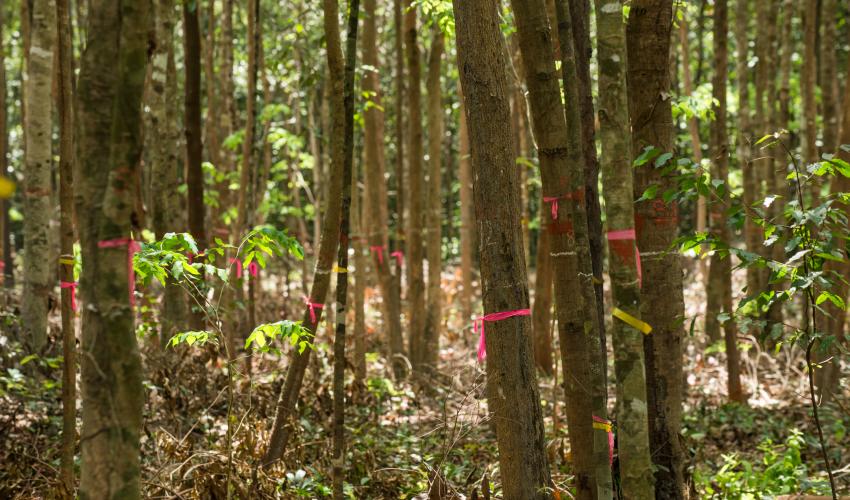 Photo: © Steve Bernacki/IUCN
Photo: © Steve Bernacki/IUCN
Globally, there is ample evidence that local communities are willing and able to manage their natural resources sustainably when land tenure is secured and policy incentives are in place. In this way, farmers can be engaged in forest restoration at a scale that improves the ecological functions of the broader landscape.
Cambodia’s population is relatively small but rapidly growing, with roughly a third of the population under the age of 15. Given this, pressure on forests is unlikely to relent any time soon.
We can’t convert eroded farmlands and barren fields into pristine forests. But if we can put in place the policy and institutional framework that favors forest restoration of farms and watersheds, people will be encouraged to invest their own time and money in managing their natural resources better and conserving Cambodia’s remaining forests.
